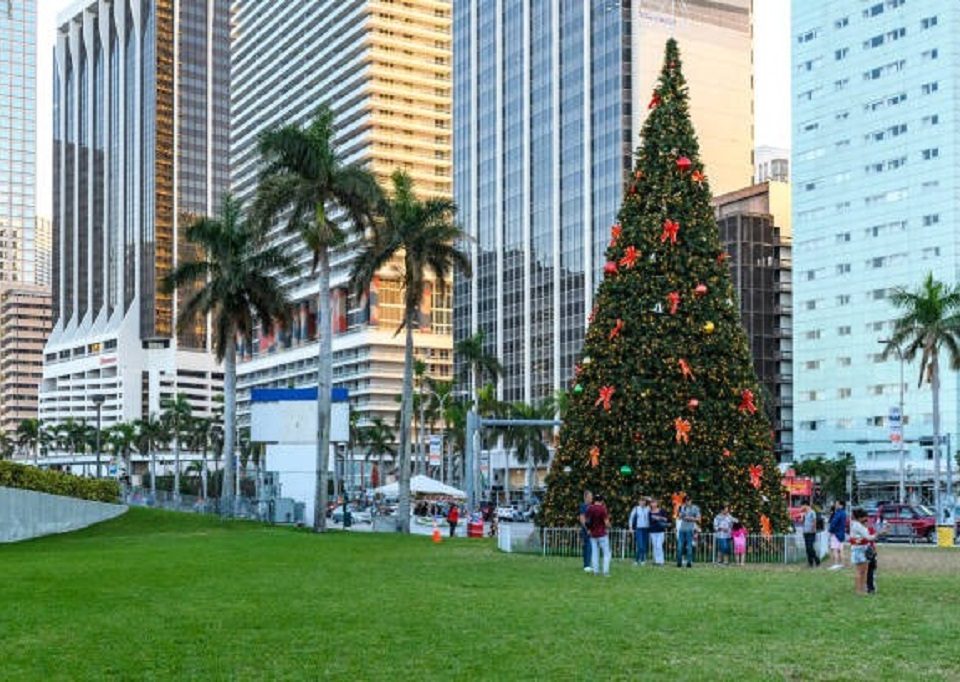What to know about Wakakusa Yamayaki festival

How to maintain your roof
January 17, 2022
Assab: Four fun places to visit in the hottest city
January 18, 2022Japan is famous for natural sights like cherry blossoms and Mount Fuji, cutting-edge technology cars and bullet trains, wacky inventions such as karaoke and vending machines, cultural values like politeness and punctuality. The Asian nation is also renowned for traditional arts, including tea ceremonies, calligraphy and flower arranging.
As an ancient island nation, Japan, where best real money online pokies can be played, enjoys a rich cultural heritage with unique characteristics. The country, has followed a cycle of selectively absorbing foreign cultural values and institutions and then adapting these to existing indigenous patterns, this latter process often occurring during periods of relative political isolation. Some myths, beliefs and rituals never change though.
In Japan, there is usually a festival every year that is such a big deal. Literally meaning “Burning Mount Wakakusa”, Wakakusa Yamayaki is annual celebration during which the grass on the hillside of Nara’s Mount Wakakusayama is set on fire. The mountain is located at the eastern end of Nara Park, and when it is set alight it can be seen throughout the city.
The burning of the mountain itself is preceded by a fireworks display. The festival takes place every year on the 4th Saturday of January, but is cancelled or postponed in case of bad weather.
Although its origins are unclear, possible explanations include disputes about boundary lines between temples, attempts to scare away boar and even ghosts. Another theory claims that the burning of the mountainside began during boundary conflicts between Nara’s great temples. All three of the city’s primary shrines play a part (Todaiji, Kofukuji and Kasuga).
Officially, the festival begins at noon, after which a variety of minor events take place around the base of Wakakusayama. The most interesting minor attraction is a throwing competition of giant rice crackers (sembei) that takes place from 12:30 to 15:00. Travelers will recognize the sembei as giant versions of the rice crackers that are on sale throughout Nara Park as food for the wild deer.
Then at 18:15, a firework display is held for about 15 minutes. Afterwards, the fire from the bonfire is used to set the grass on the mountainside alight, and the fire gradually spreads all across the mountain. It usually takes 30 minutes to one hour for the entire area to burn, depending on the conditions of the grass each year. When the grass is dry, the entire mountain is burnt relatively quickly, while wet conditions can result in only slow and partial burning of the grass.
Nara is the ecapital of the Nara prefecture in Japan and has many other sights to watch out for. It is home to the most vivid religious diversity, wherein Shinto and Buddhist philosophies co-exist cohesively. It has a plethora of historic notes in various elements like literature, theatre, palaces and of course, places of worship like shrines and temples.
Nara Park embodies the essence of Japanese aesthetic standards, presenting an incredible fusion of animate vibrancy and soul-soothing spirituality. Besides the shades produced by human activities, there is a strange, yet the captivating release of nature’s hues that go beyond the capacities of communication, just like best uk online casinos which is speaks of elegance.
Nara, though, does not have an airport. The best bet is to book cheap flights in January that fly into Kansai International Airport (KIX). From there, a train (either Japan Rail or Kintetsu) will take you to Nara. The Kintetsu station is the closest to the festival. From there, it is a 40-minute walk to the mountain. There is also a bus that runs from the station to Kasuga Shrine (which is about a 15-minute walk to the mountain).
Right from the enjoyment of the rice cake tossing to the colourful religious parades upholding traditions, you have a lot to capture. So, when you plan your visit to Nara in Japan, make sure you travel with a mind that is just like a blank canvas so the sights are forever retained there.
Warning: Trying to access array offset on value of type null in /home/speakyma/public_html/checkyourhud.com/wp-content/themes/betheme/includes/content-single.php on line 286




